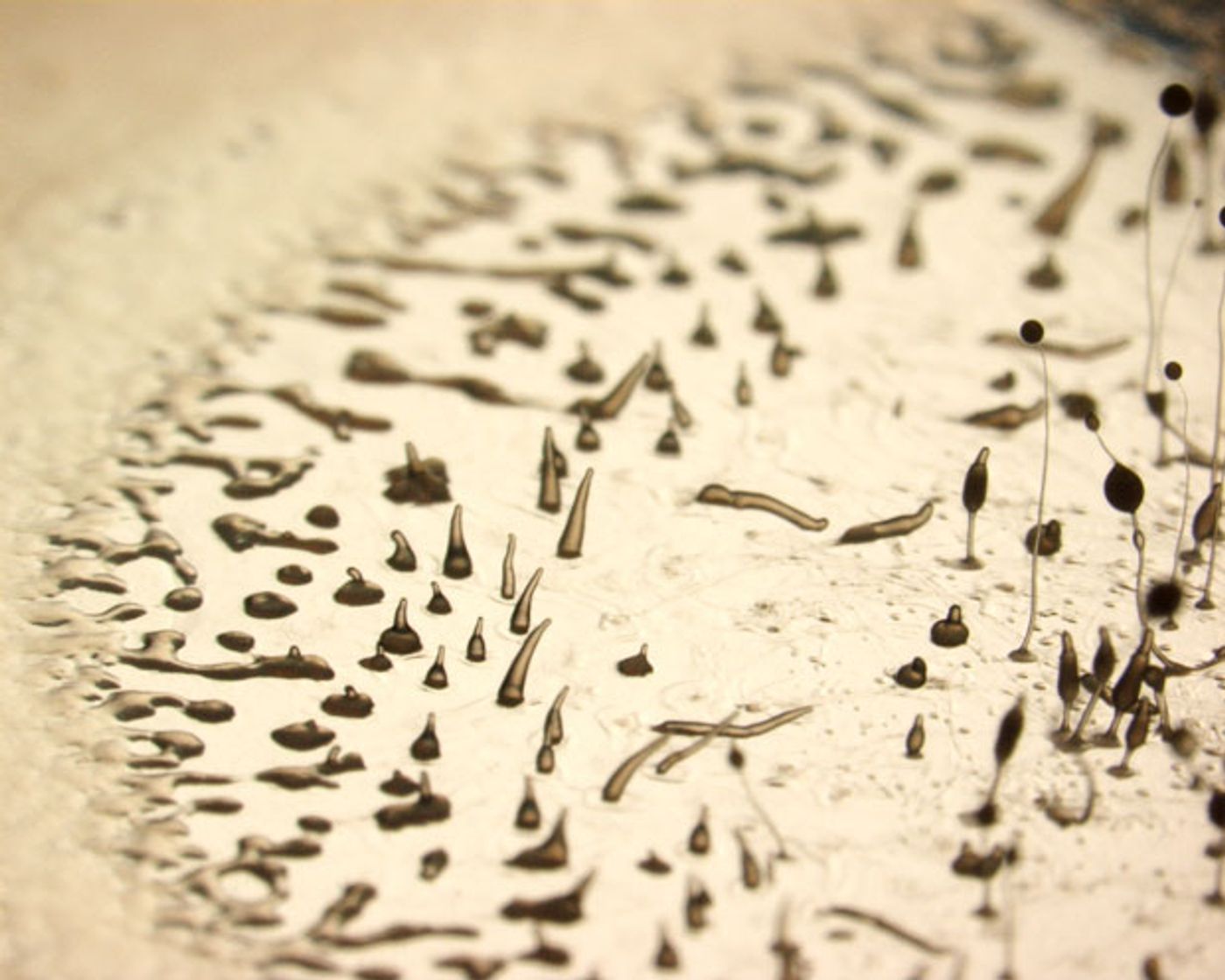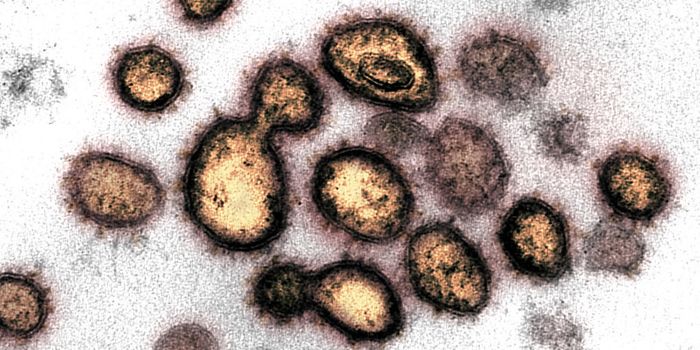Species in the genus Dictyostelium are social amoebae that are sometimes referred to as slime molds (although they are actually protists). The single-celled, free-living amoeba makes its home in the upper layer of soil that contains decaying organic material. Here, they mostly feed on bacteria.
There are two very cool things about Dictyostelium (often called “Dicty”, for short).
First, when starved for food, these ameobae go from living as single-celled organisms to forming a multicellular organism!
When conditions are bleak, individual amoebae send out a cAMP signal to surrounding cells. This signal triggers the amoebae to move chemotactically toward each other, condensing into a multicellular “organism” that is usually composed of between 10,000 and 100,000 individual cells.
Initially, these cells form a “mound” that constitutes the non-differentiated “slug”. Then, the slug (or, pseudoplasmodium) forms, consisting of two main cell types. Cells at the rear end of the slug eventually become spores, while cells at the front end become stalks for the fruiting body. Finally, the spores are raised into the air and dispersed from a stalk made largely of cellulose.
Ok, here’s the second cool thing about Dicty. One species of Dictyostelium, D. discoideum, “farms” bacteria that they use to detoxify harmful substances. The symbiotic bacteria are contained within sentinel cells - these cells act like the liver and kidney of the multicellular slug. Once the bacteria have helped these sentinel cells “detoxify” things, the cells are left behind in the slug’s slime trail.
I lied, there are actually three things that make Dicty really cool. The slugs can also shoot out extracellular nets made of DNA to kill invading bacteria - they’re kind of like neutrophil extracellular traps. According to Adam Kuspa of Baylor College of Medicine, these nets constitute a “primordial immune system, that requires the same machinery we see in humans. To me, it pushes the needle toward convergent evolution … we have thus discovered that what we believed to be an invention of higher animals is actually a strategy that was already active in unicellular organisms one billion years ago”.
Aside from being really cool, Dicty serves as a model organism for many types of research. Many groups use Dicty to study cell motility, since these amoebae move and organize in a manner similar to mammalian cells. Since Dicty loves to eat bacteria, it is considered to be a “primitive macrophage”. Thus, researchers also use Dicty to study host-pathogen interactions.
Sources: Nature Communications,
Proceedings of the Royal Society B, Science Daily,
MetaMicrobe, Wikipedia









